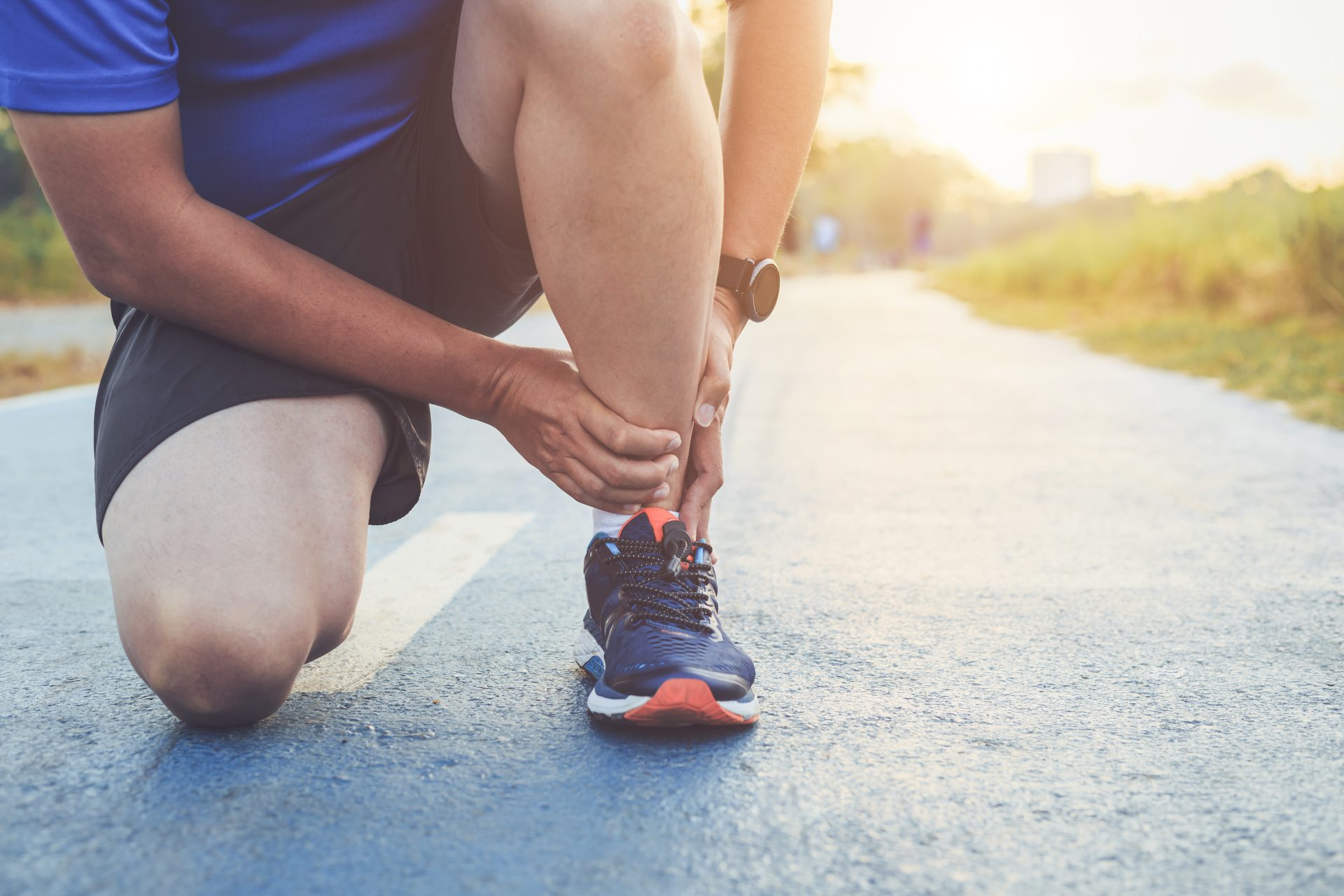When you’re running on the beach, how does your ankle adapt to a bumpy patch of sand?
You reach your arm behind you in the car; what is it that allows you to know where your hand is?
How do you shuffle your hips from an awkward position to a comfortable one?
Proprioception
The answer is proprioception. It’s your body’s ability to know when your joints are moving and where they are moving to. It relies on the input of special nerve endings in your muscles that detect changes in pressure and length around the joint.
When your joint changes position, these nerve endings tell the brain what’s going on. The brain can then activate the muscles needed to either keep the joint moving or change the direction towards another position.
You use proprioception whenever you’re performing a task that requires balance or accuracy… more or less constantly!
Injury
Most of the time, proprioception happens subconsciously. However, after injury, this process can be disrupted. In some cases, this increases your chance of re-injury because the body cannot respond as well to its surroundings as it did in the past.
For example, if your body cannot detect that your ankle is rolling outward, it will not be able to fire the muscles necessary for preventing excessive movement, and so risks spraining the joint.
Training
The good news is that your proprioception can improve with training. It’s a distinct skill from strength and flexibility and needs to be specifically targeted after injury.
Progressive balance exercises can have a profound impact on joint stability. Pilates, with its emphasis on form and control, also helps to train your body to know where it is in space.
Sometimes, your physio might encourage you to use a mirror to begin with so that you can see what position your body is in. Eventually, once your proprioception is full, your joints will be able to detect this position themselves and self-correct without the need for visual cues. This is vital for preventing injury.
Posture
In order for your body to maintain a good position, it needs to know what that good position feels like. Postures that aggravate pain can often result from a lack of body awareness. Proprioception retraining is an important tool for developing the body’s ability to find and hold a comfortable position throughout the day.
So whether you’re running on the beach or sitting in your chair at work, good proprioception allows for controlled, pain-free movement.
You might have heard it said, ‘If you can’t measure it, you can’t manage it’. That’s true for the body’s joints: your ability to detect the position of your joints is essential for your ability to manage the way they move.

